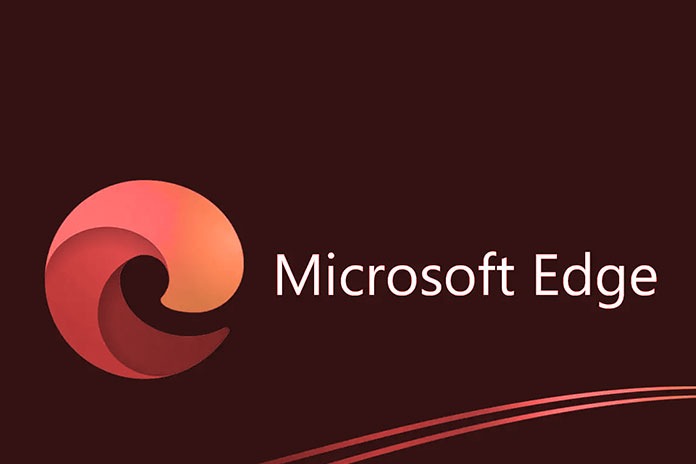Microsoft Edge is enhanced with a helpful device: the programmed hindering of spam notices.
Microsoft is continually working on its items for clients, including the Edge program. In such a manner, the Redmond Goliath has reported that it has filtered through numerous notices to find the most irritating ones so it can obstruct them naturally. During this cycle, a few sites bothering clients with spam were distinguished, and their consent to send notices was eliminated.
Microsoft Edge With Regards To Clients: Quit Getting A Few Notices
Notifications are not to be derided; running against the norm, they are convenient for those clients who need to remain refreshed on unambiguous points. Be that as it may, when they become meddling, there could be no other arrangement than to cripple them (you can do this using the program’s interior settings). Nonetheless, Microsoft needs to make everything much more apparent.
In its post on the organization blog, Microsoft offers two models that are far and wide and could make the people new to these not-really subtle provocations getaway. In the principal model, a notice requests that the client affirm that he isn’t a robot; in the second, it cautions the client of a horrible infection prepared to cause harm. Tapping on that notice takes a chance with making the way for malware.
As referenced, Microsoft has investigated many kinds of notices and impeded the chance of sending cautions to spam locales. The new guard device works efficiently. While a deceptive or spam warning appears, a ringer with a red “x” appears in the location bar, trailed by a message illuminating the client regarding the hindering of the notice. Currently, the client can thank Microsoft Edge for its work or snap on “Permit” to get alerts from that site that the tech organization has considered possibly unsafe.
Aggressively Fake Advertising And False Alerts
There has been a great deal of wickedness with spam like this. However, that ought to now end. Edge got another discovery highlight in May that groups notice that seem serious and questionable and consequently impede conceivable spam afterward. It was a test from the outset, yet all Edge clients have been furnished with further developed security.
Cybercriminals exploit the way that, because of the surge of warnings on sites, numerous clients frequently don’t for even a moment read them and simply click away. Notwithstanding, warnings are often used to spread spam. A notable model is phony infection alerts.
Microsoft has declared another notice blocker for the Edge program to shield clients from such provocation. The organization perceives that such notices are irritating, deluding, or even dangerous.
Hindering spam warnings intends to give Microsoft Edge clients speedy and straightforward security. Microsoft additionally expressed that this move safeguards Edge clients from forceful phony publicizing and misleading alarms. The organization noticed that clients are fooled into turning on notices, yet many don’t have the foggiest idea of switching them off. This can bring about a surge of undesirable notices.
Also Read: 10 Essential Chrome Extensions For Startups

